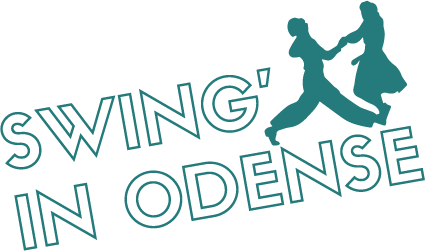Swing dance originates from Lindy Hop, which emerged in the late 1920s at The Savoy Ballroom in Harlem, New York. The dance was widespread among both black and white dancers during the swing and jazz music era of the 1930s and 1940s in the USA. It provided a platform for them to share their passion for swing and jazz music and to dance.
Lindy Hop evolved from various dance styles, including Black Bottom, One Step, Two Step, and the highly popular Charleston dance of that time. As a result, Lindy Hop incorporates many elements from Charleston, while also being a distinct swing dance that we teach.
Later, dance styles like Balboa and Collegiate Shag emerged in the big dance communities across the USA, originating from high schools in the Southern states and California.
Lindy Hop is lively and fast-paced and is danced to cheerful swing and jazz music. However, the dance steps and figures can also be easily adapted outside the swing dance community, for example, to pop music. It is perhaps the dance style most suited for modern dancing in general.
The dance is a partner dance with room for improvisation and playfulness to the music. The goal is to be able to dance socially in public settings. Thus, there isn't a fixed dance partner for lessons, for instance, instead, we dance with each other interchangeably. By dancing with many different partners, you become a skilled dancer and are prepared to dance socially with a diverse range of dancers.

